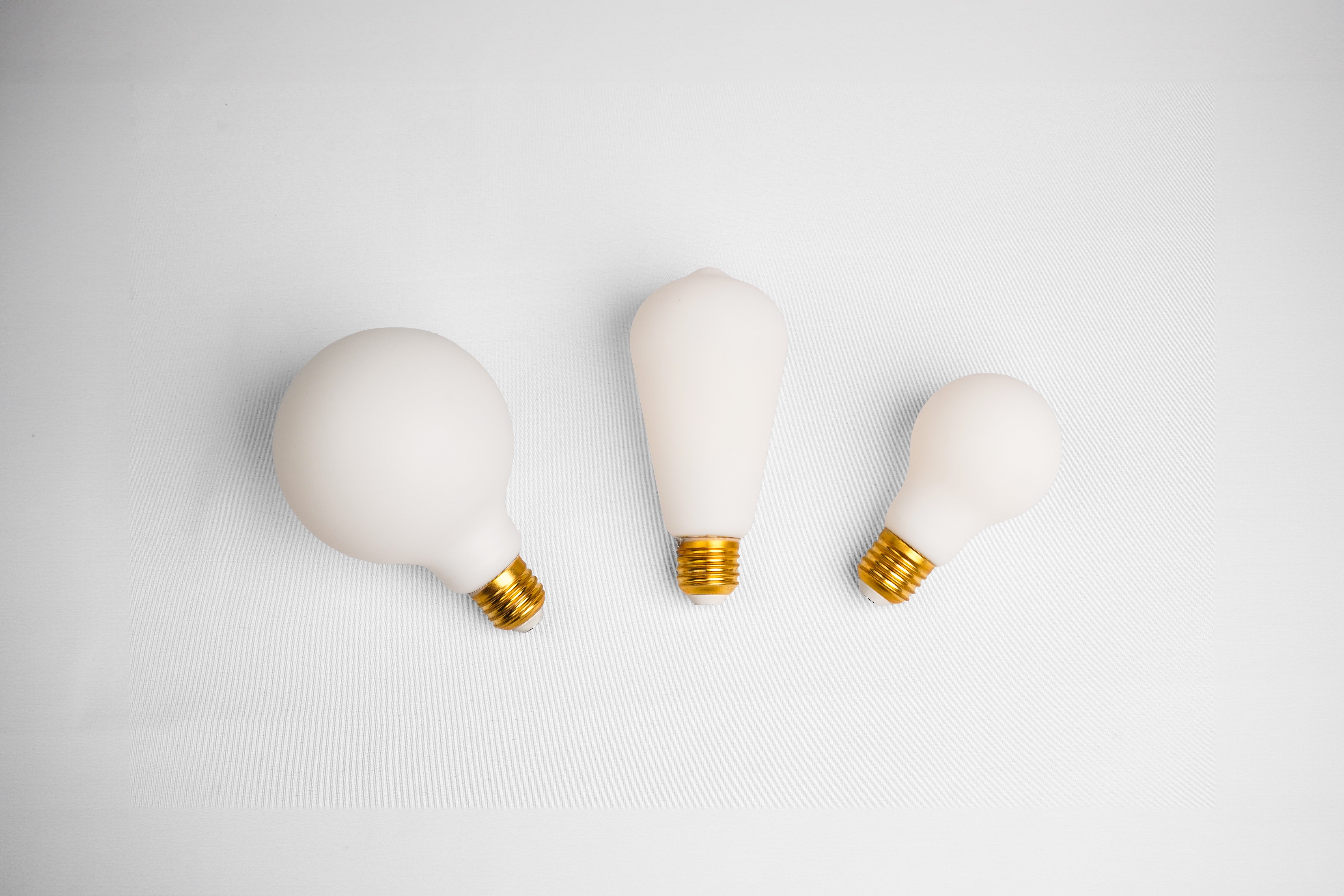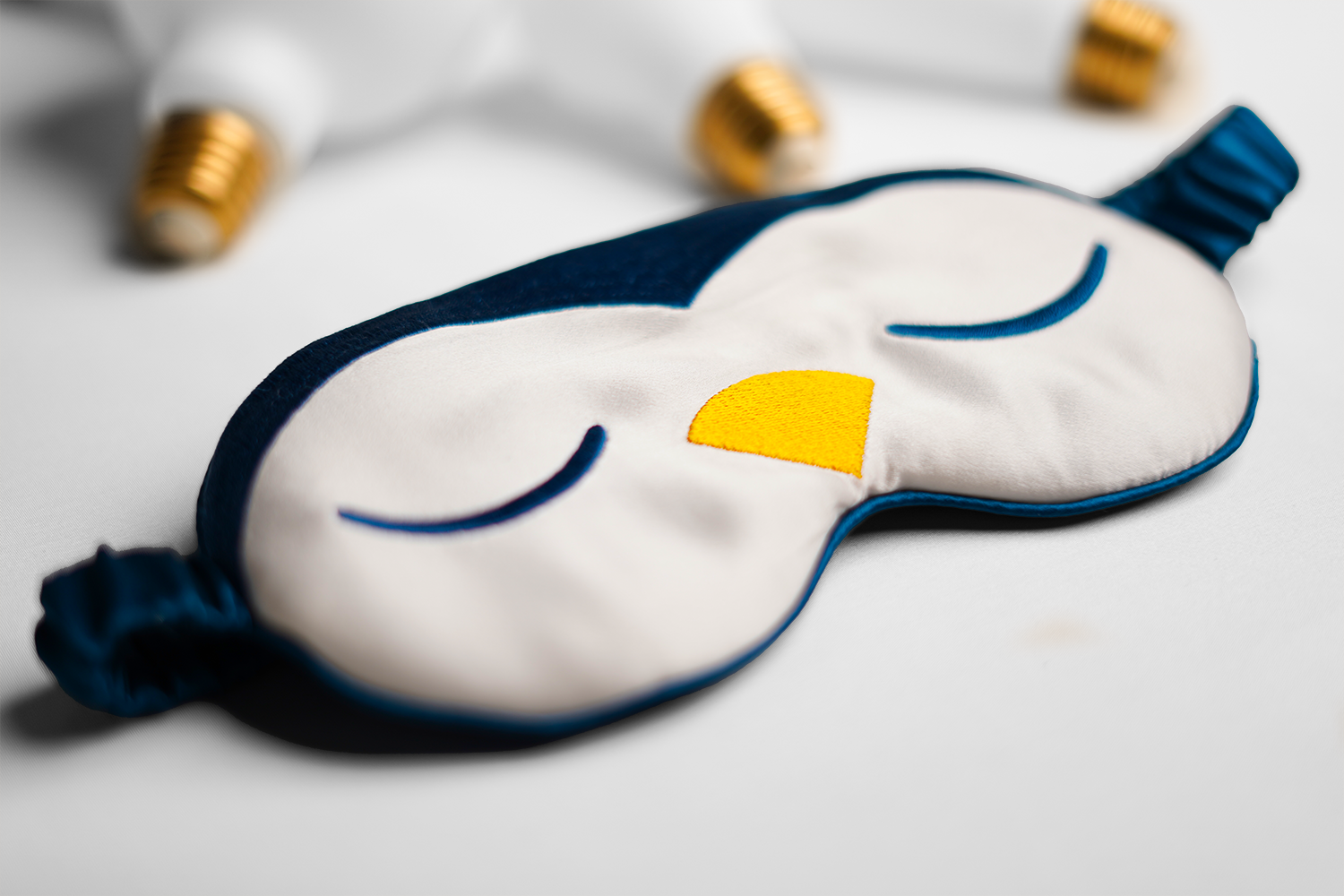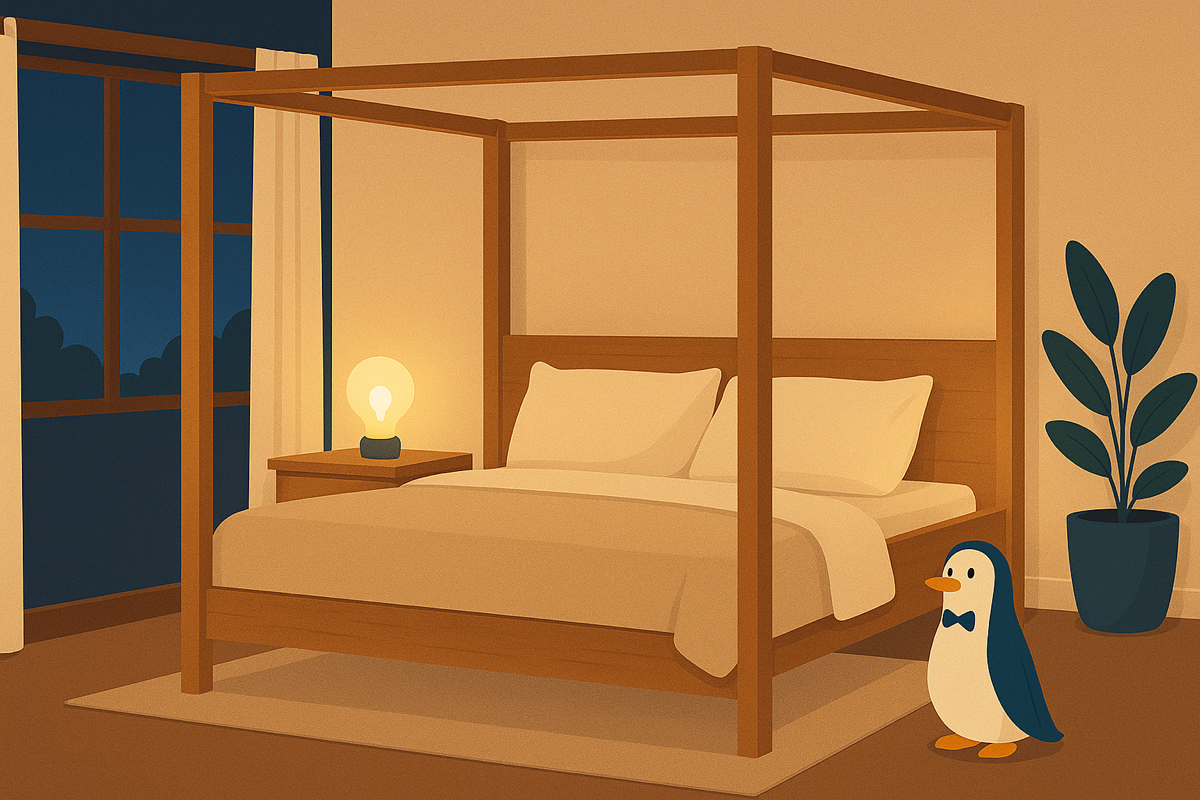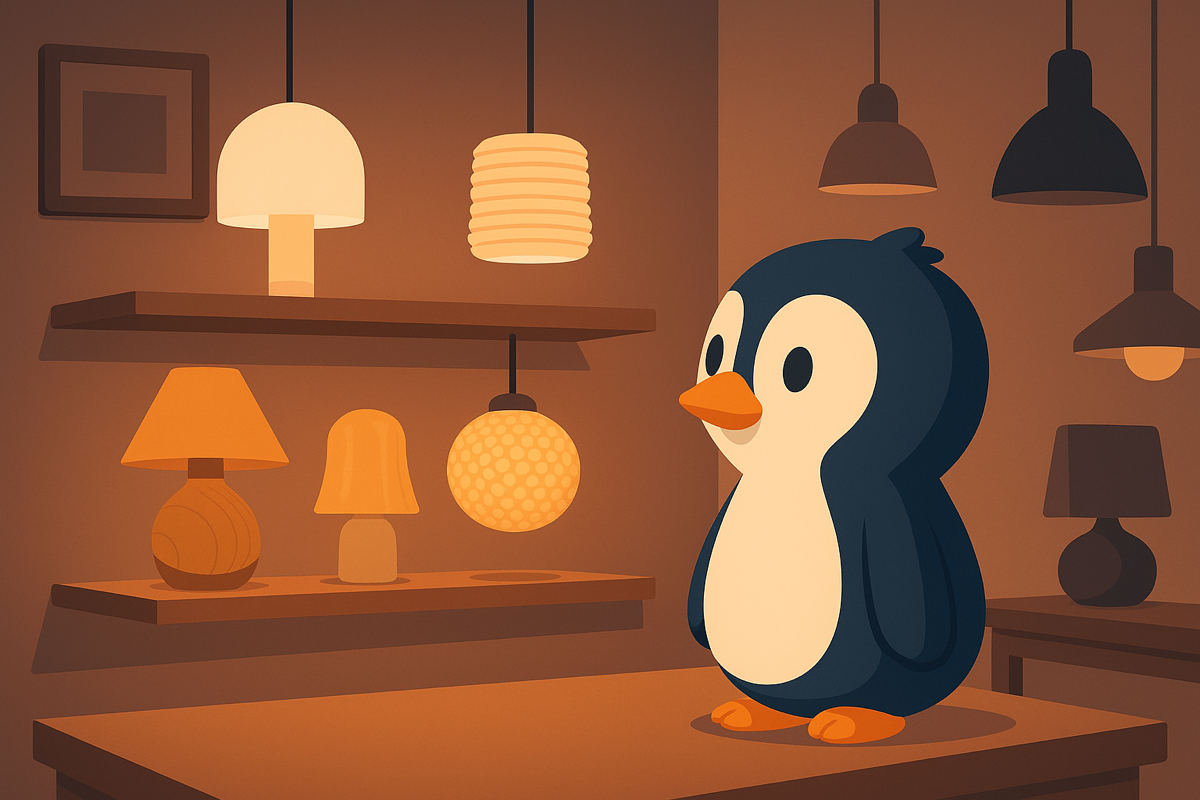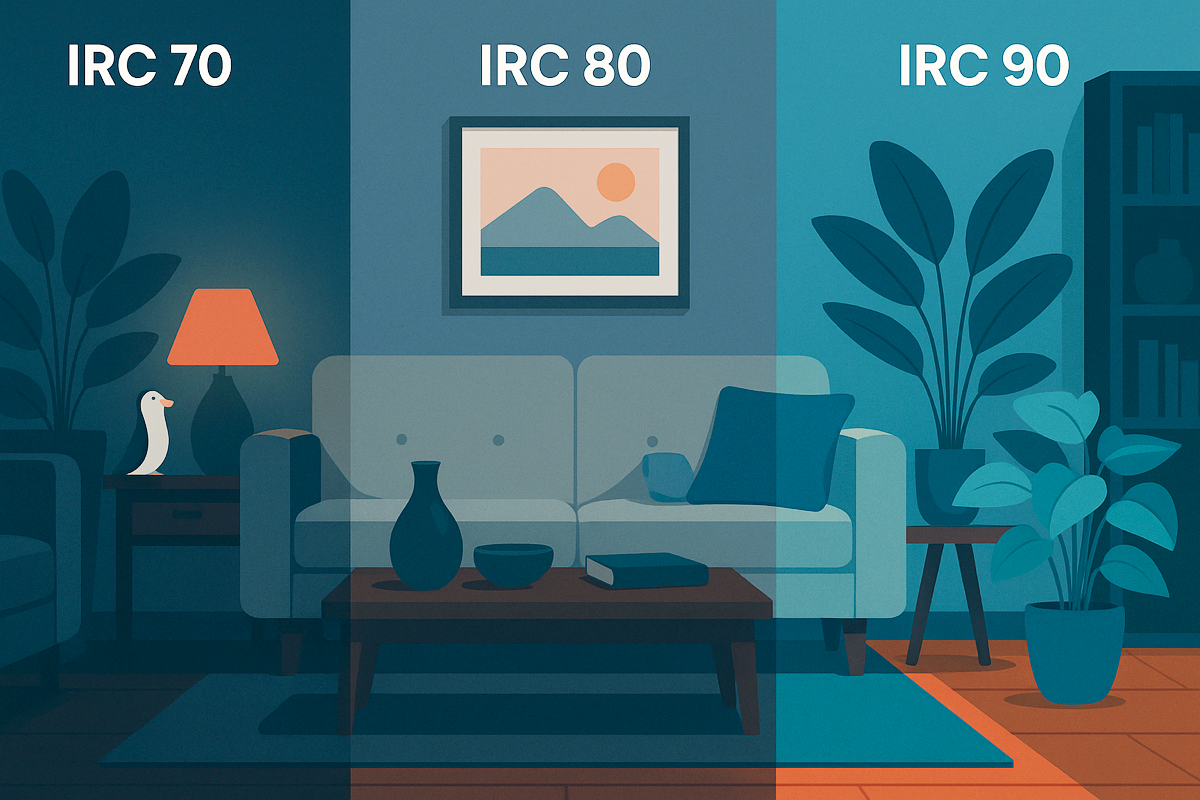Reading time: 6 min
In short:
There's one often-overlooked criterion in sleep quality: temperature. It influences sleep onset, deep sleep cycles, and even nighttime awakenings. A good setup is, above all, a thermal setup.
📌 Summary
1. Why temperature is essential
The human body naturally lowers its internal temperature to fall asleep. It's a biological signal. If your environment is too warm, this mechanism is blocked. The result: difficulty falling asleep, restless sleep, and frequent awakenings. A study published in *Sleep Medicine Reviews* indicates that a slightly cool room temperature, around 18°C, significantly promotes deep sleep and reduces sleep onset latency.
In other words, the bed is not a warm cocoon. It's a space for thermal regulation. The role of the equipment is not only to be comfortable, but to facilitate this regulation: to limit perspiration, promote air exchange, and keep the head cool. A good mattress, without a good temperature, is useless. It's not perceived comfort that matters, but actual thermal balance.
And this criterion is often overlooked. Many people sleep poorly not because they're stressed or poorly positioned, but simply because their bodies can't cool down sufficiently. So, the right setup starts with this question: Can my body breathe?
2. A bed that really breathes
A good bed is one that allows air to pass through. Raising the bed frame allows for natural ventilation underneath the mattress. This prevents stagnant moisture, trapped heat, and bacteria from growing. This is an ancient logic found in Japanese or Scandinavian bedrooms: an empty space under the bed, natural materials, and smooth air circulation.
The box spring should be openwork. The mattress should be breathable. And ideally, the bed shouldn't be built-in or pressed against two walls. There needs to be space around it so the air can do its work. A half-open window, a gentle breeze, a breathable curtain: these are all details that bring the room to life. The body needs constant freshness, even imperceptible, to remain stable throughout the night.
This setup has a dual effect: it limits nighttime sweating and stabilizes cycles. Fewer interruptions, fewer tossing and turning, more real recovery.
3. Textiles, height and ventilation
Textiles are your friend or foe. Synthetic sheets trap heat and moisture. Conversely, linen, organic cotton, or Tencel sheets allow the skin to breathe. They naturally wick away perspiration, balance body temperature, and reduce feelings of suffocation. The same goes for duvets: it's better to layer two thin sheets than to sleep under a single, unmanageable thermal mass.
Bed height also plays a role. Sleeping close to the ground concentrates heat and dust. A raised wooden structure helps lift the body away from the stagnant heat flow. The result: fewer sweaty wake-ups and more consistency. Every element of your setup should answer a single question: does it help your body stay at the right temperature?
And to go further, consider temperature-regulating pajamas, pillowcases made of breathable fibers, and natural rugs rather than synthetic ones. You sleep in a climate. It must be consistent, breathable, and vibrant.
🎥 Find all these tips in my video on YouTube
Light + temperature = sleep
Temperature alone isn't enough. Light also plays a decisive role. Together, they signal to the brain that the day is over. And they trigger melatonin, the sleep hormone everyone seeks... but few truly release.
- In the evening, opt for warm, low, natural light
- And block any residual light source with a soft mask
Laqi bulbs automatically follow your rhythm: they become warmer as night falls. And the Laqi mask immerses you in perfect darkness, without pressure on your eyes. The ideal duo to activate sleep biology.
💬 FAQ
Why do I wake up sweating at night?
Often due to excess heat trapped by bedding or poor ventilation of the bed.
Isn't 18°C too cold to sleep?
No. The body sleeps better in a cool place. Simply cover your body and keep your head slightly cool.
Can light cancel out the effect of a good temperature?
Yes. Too cold or strong light in the evening inhibits melatonin, even if the temperature is perfect.
Comfort is a temperature. Not an accessory.
A good sleep setup starts with the invisible: air, warmth, light. Equip yourself wisely, and your body will know what to do.

